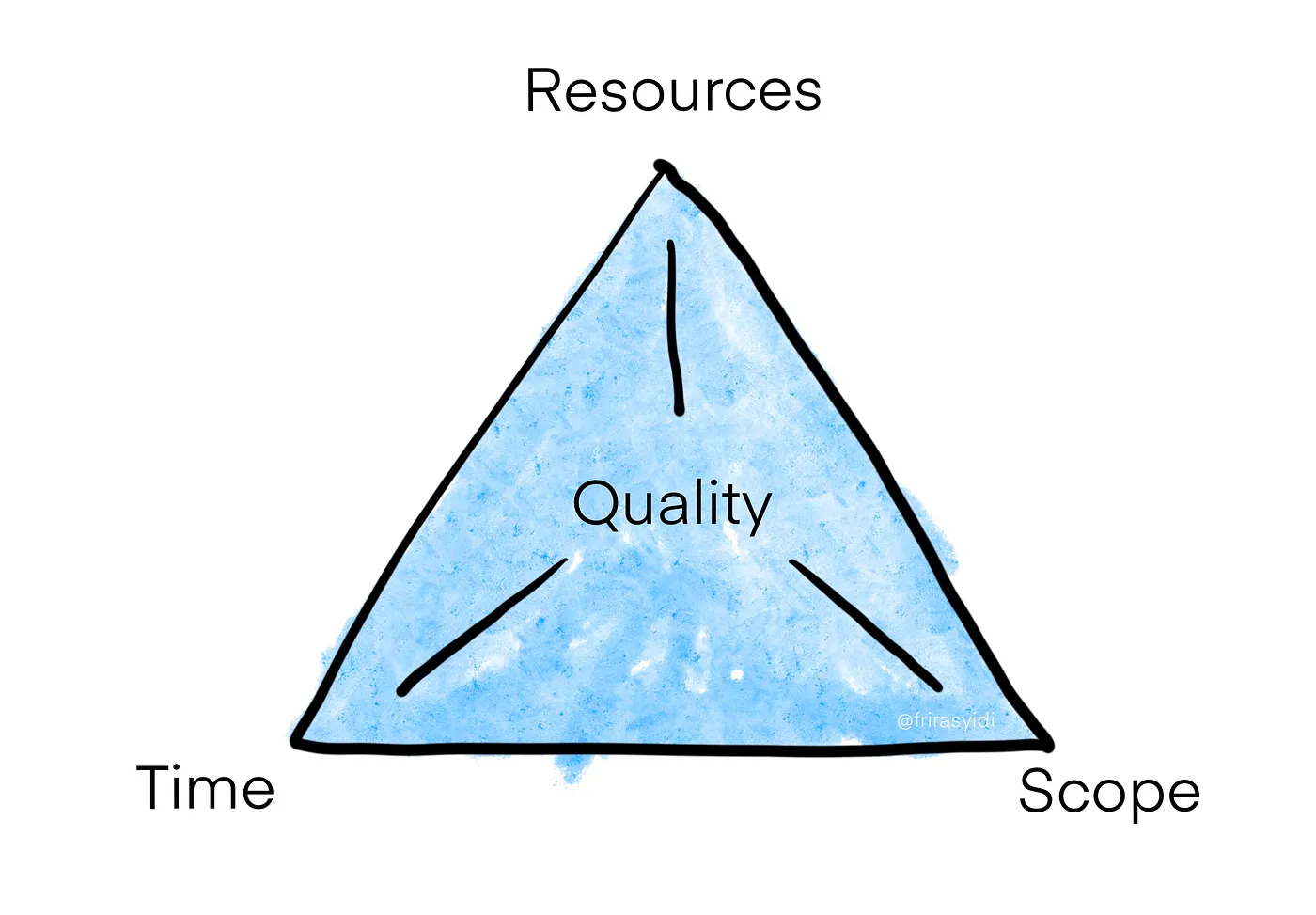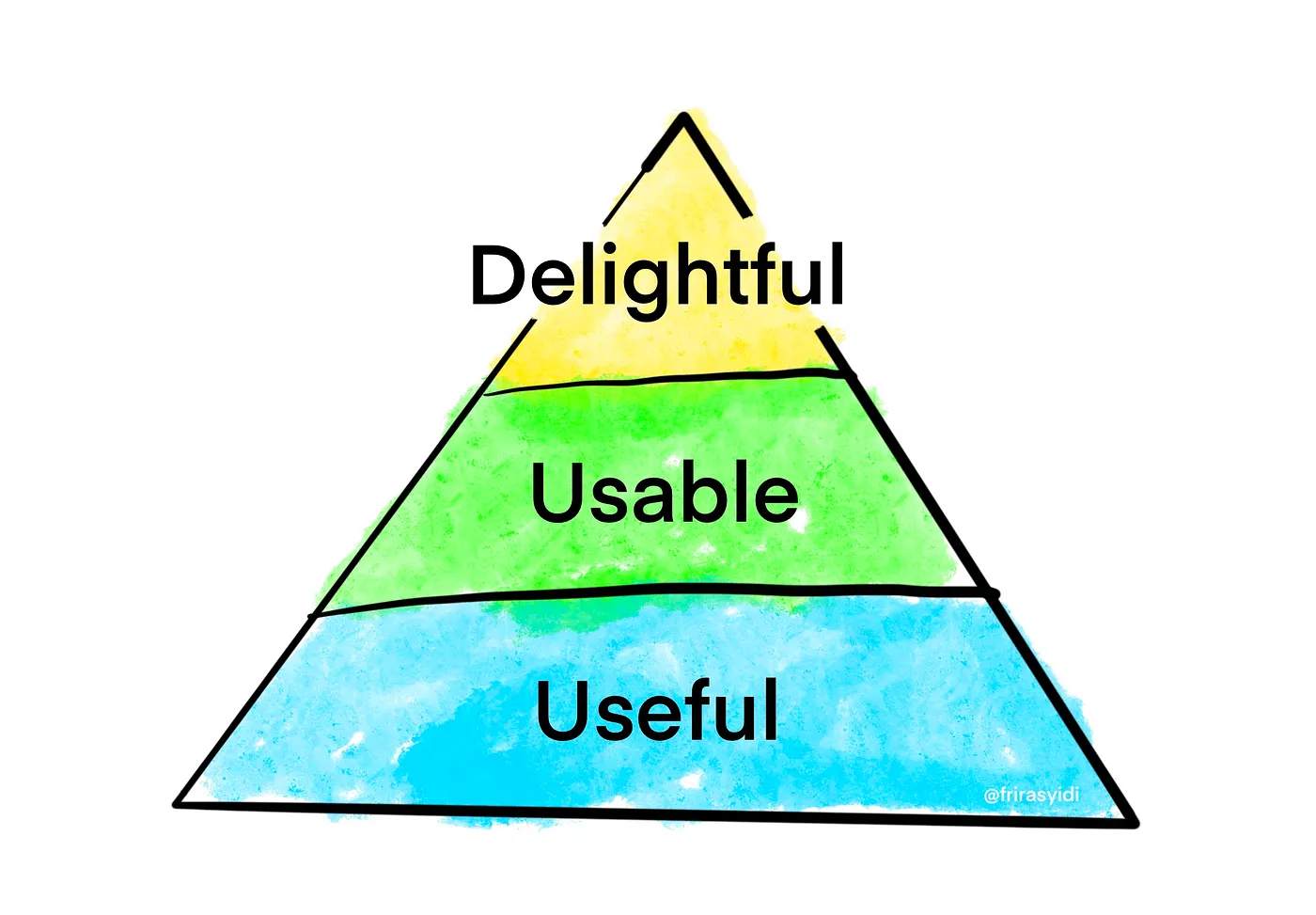Great UX can be designed, baked from the start—nope.
Let me make it clear:
Great UX is the result of refinement processes.
Unfortunately, a lot of us have forgotten about this.
When we build products, we think that good UX is inherited. We think that having great taste, and awareness of UX, entitles us to great UX.
We thought that with a handful of research and workshops, UX greatness would be bestowed on our works. It’s not. The reason is that great UX requires time and extra work to achieve.
Think about why we appreciate products with great UX and great people who made them. It is not only because of how helpful and easy the products are to use but also because we admire the thoughtfulness of the maker.
Why do we forget?
The reason for this is the same reason why I fell in love with a good design: it’s invisible.
Every time you encounter a good design, it feels natural and intuitive, as if it should always be like that forever; that it only makes sense to do it like that and never the other way. It makes us automatically think that people who build bad designs are just stupid, lazy, or wrong in the head. But it’s not.
And then there’s the commodification of technology. Today, more and more people gain access to good design, especially in technology. But because good design is now everywhere, we feel like it’s a common thing. We forgot that they are not built in a single night.
Since it becomes clearer that great UX is largely preferred by the customers, we are now fully aware of how important great UX is to a product. So we expect them to naturally be in our requirement and forgot to count the effort to build them.
So, what can we do?
As with all problems, let’s first acknowledge that great UX is not built overnight. Done? Now, let’s plan around them.
Since our problem lies in the realm of effort, let me introduce you to my favorite triangle: the project _management triangle also known as the quality triangle.

The triangle helps illustrate that when running a project (yes, I can see you Scrum hardcore fans, developing a product is also a project), these four things are entangled with each other: quality, scope, resources, and time. And because they’re entangled, you cannot get all four; you need to compromise at least one.
Meaning, that if we want to get great UX, we cannot do it with a large scope of work, a small number of resources, and a short amount of time. You need to at least compromise on one factor; be it smaller scope, larger resources, or longer time. So you need to pick your battle.
For most of us startup owners, it’s pretty easy to navigate. We usually have very limited resources and we want our product to ship quickly so that we can learn fast. So, the answer is to play around with scope.
So let’s talk about managing the scope.
To be able to plan, I want us to break down what constitutes a great UX by taking a look at UX’s Maslow’s pyramid.

The pyramid illustrates that a product with great UX should have all three components: Useful, Usable, and Delightful. Obvious.
But what’s not obvious is that when you’re building a product, it should be useful first before delightful. Think about why your customers pay for your product: it’s to help them achieve something. As long as you’re not in the business to simply delight, you can make as many beautiful micro-interactions as you want, but if by the end of the day, it does not help your customer, it does not matter.
So aim to fulfill functionality first. If you have nailed the core, then you move towards usability and then the delight components.
When you understand this, it will be clear that research and iterative processes are your best tools to build great UX. This mindset allows us to quickly start, fail, and learn throughout the design process; to see it as a journey to uncover the true solution rather than be stunned by the impossible task of striving for perfection on the first try.
